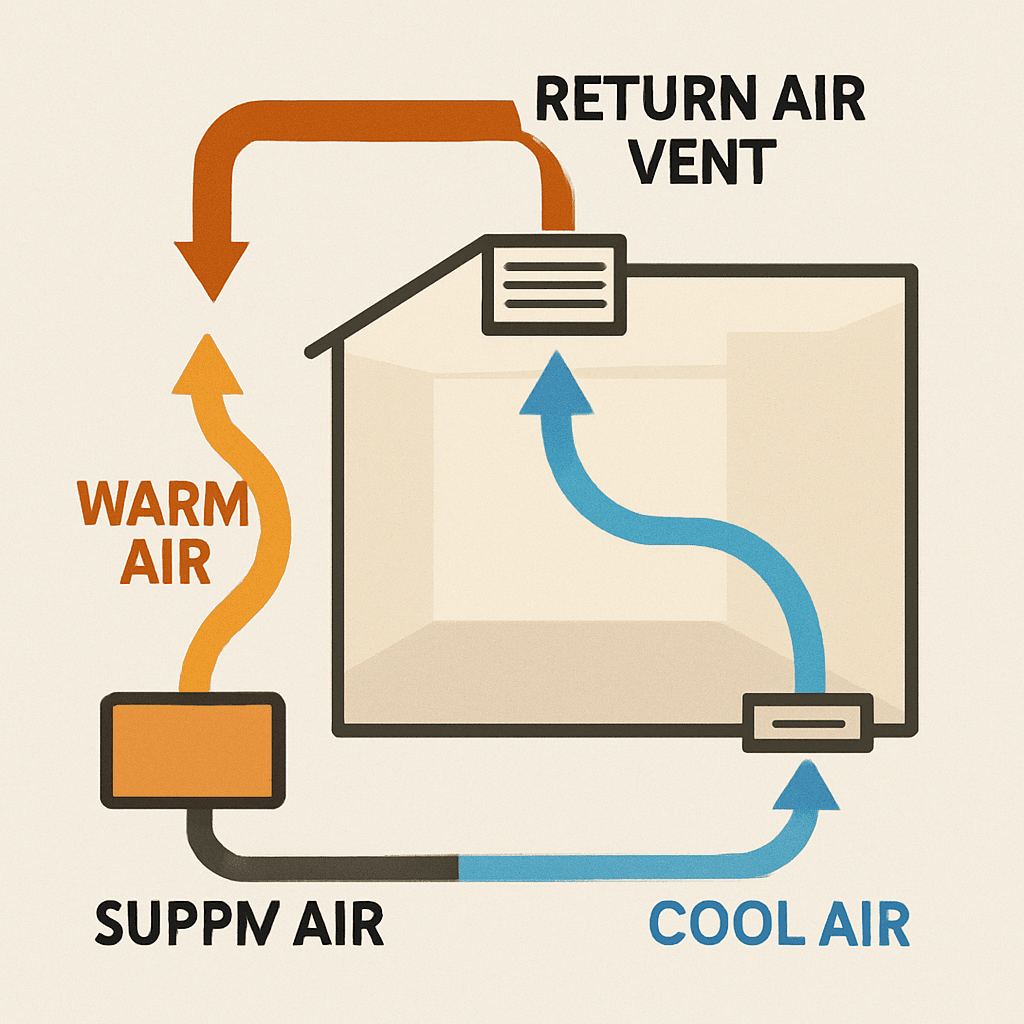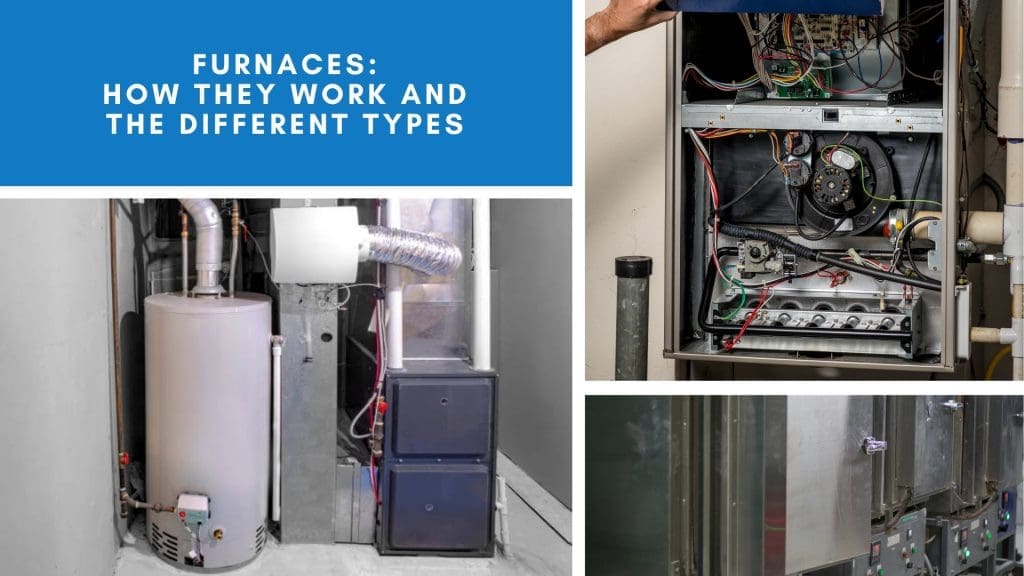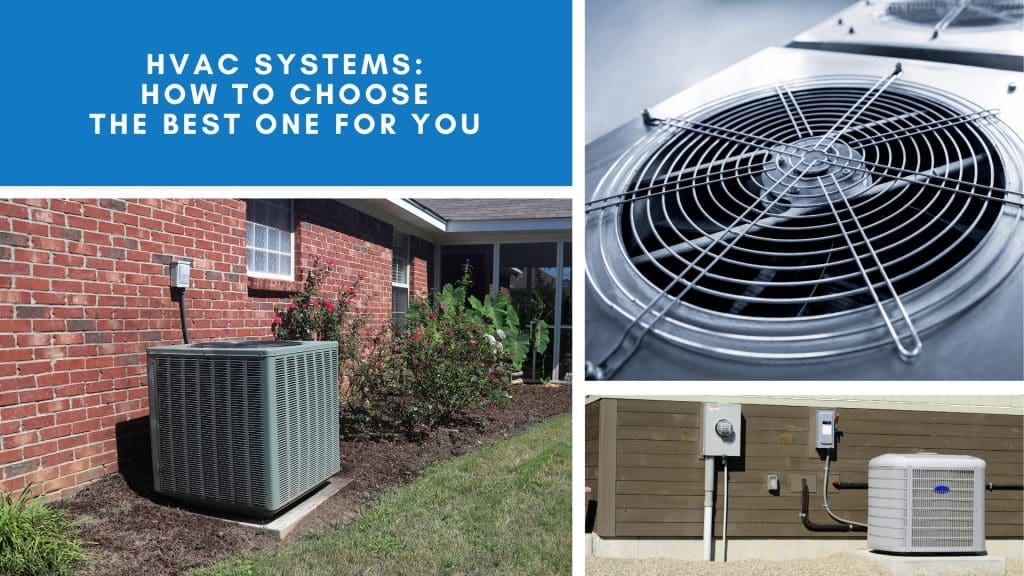Energy Savings and Benefits of Return Air Vents Explained
Return air vents are often overlooked but play a crucial role in HVAC efficiency. They help maintain balanced air pressure and ensure your system runs smoothly.
These vents allow air to circulate back to the HVAC unit for reconditioning. This process reduces the workload on your system, leading to energy savings.
Properly functioning return air vents contribute to consistent indoor temperatures. They ensure even air distribution throughout your home, enhancing comfort.
Additionally, return air vents help filter and remove dust and allergens. This improves indoor air quality, making your home a healthier place to live.
Blocked or improperly sized vents can lead to increased energy bills. Regular maintenance and proper placement are key to optimal performance.
Understanding the benefits of return air vents can help you maximize your HVAC system’s efficiency.
What Are Return Air Vents and How Do They Work?
Return air vents are essential components of any HVAC system. They serve as gateways that draw air from your home back into the HVAC unit for treatment.
These vents play a pivotal role in maintaining air pressure balance within your living spaces. By continually circulating air, they enhance system efficiency and indoor air quality.
Air drawn in through return vents is filtered and conditioned before being redistributed. This process contributes to a stable, comfortable indoor environment.
Functions of Return Air Vents:
- Air Recirculation: Ensures continuous air movement throughout your home.
- Pressure Balance: Maintains even air pressure for optimal system performance.
- Filtration: Helps remove dust and allergens, improving air quality.
Improperly maintained or blocked return vents can disrupt air flow. This can lead to higher energy consumption and discomfort.

By understanding their purpose, homeowners can appreciate the importance of these often-overlooked components. Regular inspection and cleaning are crucial to ensure your return air vents operate effectively.
The Role of Return Air Vents in HVAC Efficiency
Return air vents are crucial for optimizing HVAC efficiency. They help in circulating conditioned air back to the HVAC unit, ensuring consistent indoor temperatures.
When return air vents are unobstructed, they prevent the system from working overtime. This reduces energy consumption and extends the HVAC system’s lifespan.
Efficient air circulation through these vents maintains balanced air pressure. This balance is vital for consistent heating and cooling across all rooms.
Key Contributions to Efficiency:
- Energy Conservation: Reduces unnecessary energy usage by preventing overexertion of the HVAC system.
- Temperature Consistency: Ensures even distribution of conditioned air throughout the home.
- System Longevity: Diminishes wear and tear, prolonging system life.

Return air vents also aid in noise reduction by stabilizing airflow. They serve as silent protectors of your energy bills and comfort.
Regular maintenance, such as cleaning and checking for blockages, keeps vents functioning optimally. Investing time in their upkeep pays dividends in comfort and cost savings over time.
Key Benefits of Properly Functioning Return Air Vents
Return air vents play a pivotal role in HVAC systems. They contribute to efficiency and enhance home comfort.
One major benefit is the improvement in air circulation. Properly functioning vents prevent stale air from accumulating.
Balanced pressure within the home is another crucial advantage. It helps maintain consistent temperatures across different rooms.
Proper air circulation leads to energy savings. The HVAC system doesn’t have to work as hard, reducing energy consumption.
Benefits of Return Air Vents:
- Temperature Regulation: Maintains a stable indoor climate.
- Energy Efficiency: Reduces strain on HVAC systems.
- Air Quality Improvement: Filters out dust and allergens.

Moreover, return air vents play a significant role in reducing noise. By stabilizing the airflow, they minimize the sounds associated with HVAC operation.
Incorporating the right-sized vents and ensuring their placement is optimal can maximize these benefits. Proper maintenance of return air vents enhances their functionality and prolongs the life of the HVAC system.
1. Improved Air Circulation and Balanced Pressure
Efficient air circulation is key to a comfortable home environment. Return air vents are vital in achieving this goal.
They ensure the constant flow of air back to the HVAC system for reconditioning. This circulation prevents any buildup of warm or cold air in specific areas.
Additionally, balanced pressure reduces the risk of inconsistent temperatures, leading to a more comfortable living space. It ensures every room receives adequate airflow, preventing hotspots and cold drafts.
2. Enhanced Energy Savings and Lower Utility Bills
Energy savings are a direct benefit of well-functioning return air vents. By maintaining balanced air pressure, the system uses less power.
This efficiency lowers utility bills, delivering cost savings to homeowners. Reduced stress on HVAC systems also helps avoid frequent repairs, keeping expenses down.
Efficient operation and reduced wear extend the life of HVAC units. Properly working return air vents are thus a smart investment for long-term energy management.
3. Better Indoor Air Quality and Comfort
Return air vents contribute significantly to indoor air quality. They help filter out dust, pollen, and allergens, promoting a healthier environment.
Functioning vents allow for steady air exchange, removing stale indoor air effectively. This exchange is crucial for maintaining a comfortable and fresh home atmosphere.
Ultimately, return air vents ensure that living spaces remain inviting and healthy. By improving air quality, they enhance overall home comfort and well-being.
Common Problems with Return Air Vents (and How to Fix Them)
Issues with return air vents are common and can affect HVAC efficiency. Recognizing these problems can help in maintaining a functional system.
A common issue is blockage. Furniture or debris may obstruct vents, hindering airflow.
Improper vent sizing can also disrupt system balance. Vents too small or too large affect air circulation efficiency.
Inconsistent airflow is another problem, often caused by poorly maintained ducts. They may have leaks or be improperly sealed, reducing efficiency.
Common Return Air Vent Problems:
- Blockages: Ensure vents are free from obstructions.
- Inconsistent Airflow: Check and seal ductwork.
- Improper Sizing: Consult a professional for correct sizing.

Regular maintenance is crucial to prevent these issues. Inspect vents and ducts periodically to ensure they are clear and intact. Making necessary adjustments or repairs can significantly enhance HVAC system performance.
Placement, Sizing, and Maintenance Tips for Homeowners
Proper placement of return air vents is essential for optimal HVAC performance. Ideally, vents should be centrally located to ensure even air distribution.
The size of the return air vents matters greatly. Vents need to be appropriately sized to match the system’s capacity. Too small, and they may restrict airflow; too large, and they can compromise pressure balance.
Routine maintenance of return air vents is key to sustaining HVAC efficiency. Regular inspections can help identify potential issues early on. Cleaning the vents to prevent dust buildup keeps the system running smoothly.
Essential Tips for Homeowners:
- Placement: Install vents in centrally located areas for even air distribution.
- Sizing: Ensure vents match the HVAC system’s capacity.
- Maintenance: Regularly inspect and clean vents to avoid obstructions.

Remember, attention to vent details can reduce energy costs and prolong the system’s life. Keep an eye on any changes in airflow or system behavior as indicators for maintenance needs.
Frequently Asked Questions About Return Air Vents
Curious about return air vents? Here are some common questions homeowners have about these vital components.
What Does a Return Air Vent Do?
A return air vent pulls air back into the HVAC system for reconditioning, maintaining balanced pressure and efficient circulation.
How Often Should Return Air Vents Be Cleaned?
Cleaning should be done at least twice a year, or more often if you have pets or allergies.
Can I Block My Return Air Vents?
No, blocking these vents can lead to poor system performance and increased energy bills due to restricted airflow.
Where Are Return Air Vents Typically Located?
They are usually found in central areas of the home, like hallways or large rooms, to ensure effective air intake.
List of Essential Maintenance Tasks:
- Regular cleaning to remove dust and debris.
- Inspect for blockages and ensure vent paths are clear.
- Keep furniture away from obstructing the vents.
These simple practices can ensure your HVAC system operates effectively, maintaining a comfortable home environment.
Conclusion: Maximizing Your HVAC System’s Performance
Return air vents play a crucial role in your HVAC system’s performance. They contribute significantly to energy efficiency and indoor comfort.
Regular maintenance is key. Ensuring that return air vents remain clean and unobstructed will enhance airflow and reduce energy costs.
Investing time in proper placement and sizing can lead to big rewards. With these efforts, you can maximize efficiency, prolong system lifespan, and ensure a comfortable home year-round.


